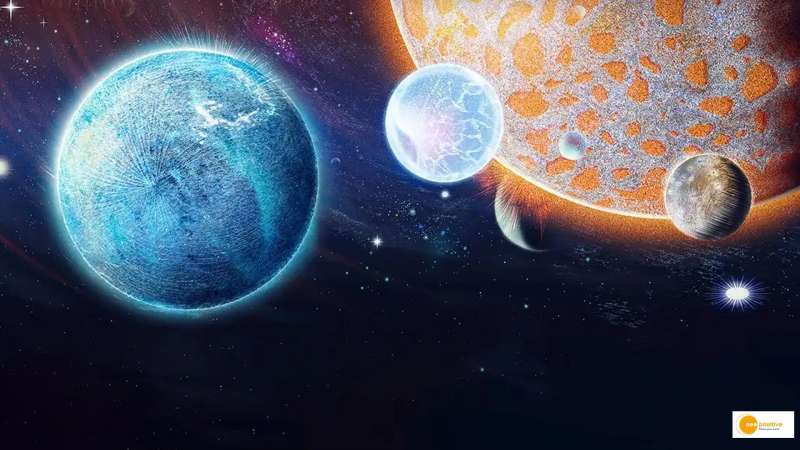

The search for another world like Earth with resources that could support human life has remained the foundation of the global exoplanet hunt. Astronomers from all over the world have been searching for unique worlds outside our Solar System where humanity might be able to transcend in the future.
In that regard, 2022 was a year of great success, as astronomers from around the world discovered over 200 planets outside our solar system, some of which are primed for deeper observations by the James Webb Space Telescope and others. Since the beginning of the planetary survey beyond our Solar System, the exoplanet catalogue had fewer than 5,000 planets when the year began.
“We started the year with fewer than 5,000 confirmed exoplanets. We end with 5,235 known worlds. About 4% are rocky planets like Earth or Mars. What will the new year bring? More planets!” Nasa said in a tweet.
So far, the exoplanet catalogues have a diverse range of worlds in terms of composition and characteristics. Small, rocky worlds like Earth, gas giants many times the size of Jupiter, and hot Jupiters in dangerously close orbits around their stars are among them.
Lists of exoplanet
Meanwhile, the list includes “super-Earths,” which are potentially larger rocky worlds than our own, and “mini-Neptunes,” which are smaller versions of our system’s Neptune.
HD 109833 b, a Neptune-like exoplanet orbiting a G-type star, is the most recent planet discovered in 2022. According to Nasa, its mass is 8.69 Earths and one orbit of its star takes 9.2 days. It was discovered using the transit method, when astronomers observed a dip in the star’s light whenever an object passed in front of it.
Astronomers also discovered two exoplanets orbiting a red dwarf star that are unique in their composition and unlike any others previously discovered. These two water-filled planets reside in a planetary system 218 light-years away in the constellation Lyra. Nasa’s Kepler Space Telescope discovered the planets, which are about one and a half times the size of Earth, along with their host star.
While the water wasn’t detected directly, researchers, by comparing the sizes and masses of the planets to models, conclude that a significant fraction of their volume — up to half of it — should be made of materials that are lighter than rock but heavier than hydrogen or helium.
With astronomers poised to go deep with their observations the hopes of finding a habitable planet with a star like our Sun remains high in 2023.


